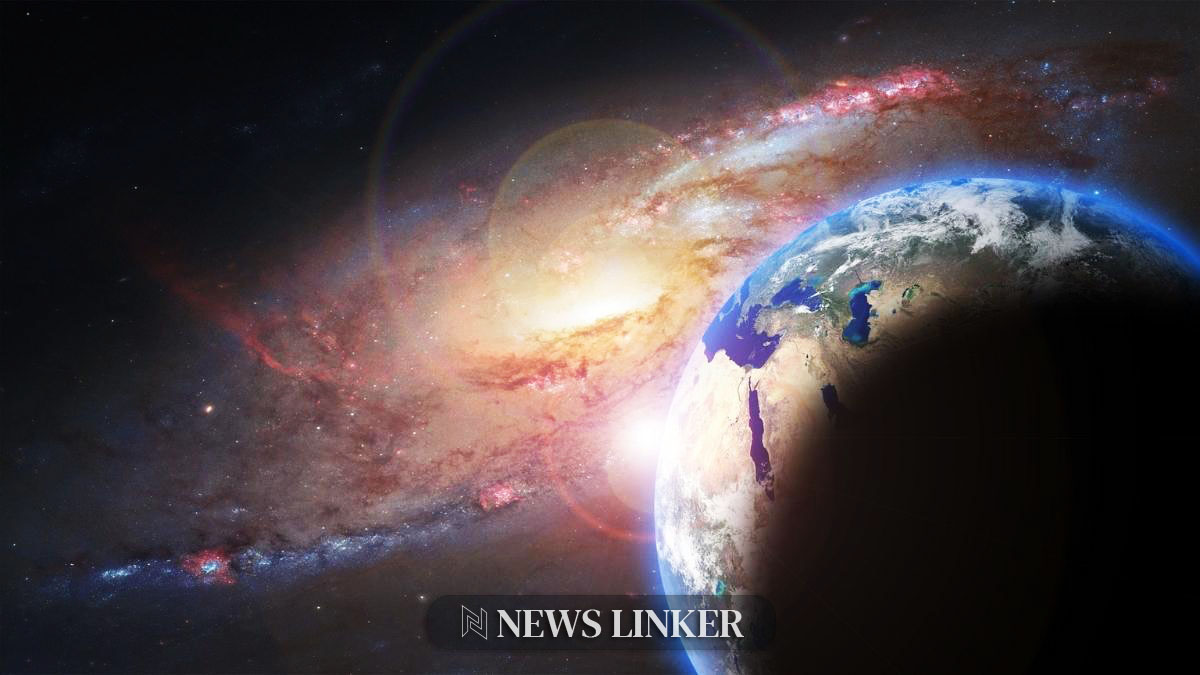The mystery surrounding the Large Magellanic Cloud’s (LMC) metal-poor stars has started to unravel, as astronomers discover a star with striking similarities to the primordial Population III stars. This finding hints at the diverse processes of early element formation in galaxies and challenges our understanding of the environmental factors influencing star development across the universe.
Explorations in the past have consistently focused on the LMC due to its proximity and distinct composition. Researchers previously examined the LMC as a case study for understanding dwarf spiral galaxies and their evolution under the gravitational influence of larger galaxies like the Milky Way. The recent discovery of metal-poor stars in the LMC builds upon years of observation, extending our knowledge about how early stars might have formed and the unique chemical imprints they left behind.
How Do LMC Stars Differ from Milky Way Counterparts?
Astronomers have compared metal-poor stars found in the LMC with those in the Milky Way to study the variances in star formation and metallicity. This comparison has revealed that star-forming conditions and enrichment processes in the LMC were distinct from those in the Milky Way. One star, in particular, designated LMC 119, proved to be 50 times more metal-deficient than its counterparts, suggesting it may have preserved the chemical signatures from an earlier supernova event.
What Does the Uniqueness of LMC 119 Indicate?
LMC 119’s remarkably low metallicity and skewed carbon-to-iron ratio, when compared to similar Milky Way stars, indicates that carbon enhancement seen within our galaxy may not have been a universal phenomenon in the early universe. Such findings suggest that elemental production in the formative years of galaxies might have been significantly affected by their local environments.
What Does the Scientific Community Say?
In a scientific paper titled “Enrichment by extragalactic first stars in the Large Magellanic Cloud” published in the journal Nature Astronomy, Anirudh Chiti and his team from the University of Chicago delve into the chemical compositions of the LMC’s metal-poor stars. Their research accentuates the LMC’s unique role as a laboratory for understanding star formation and chemical enrichment outside our galaxy. The study’s findings have profound implications for our comprehension of the universe’s earliest stars and the diversity of galactic evolution.
Useful Information for the Reader
- LMC 119 could be key to studying first-generation supernovae imprints.
- LMC’s history as a separate entity from the Milky Way is crucial for star formation studies.
- Population II stars with low metallicities offer the closest insight into the universe’s first stars.
The discovery of these metal-poor stars in the LMC not only provides a window into the early universe’s elemental makeup but also raises the possibility of uncovering many more such stars within the LMC’s expansive star population. The ongoing efforts led by Chiti aim to create a comprehensive map of the southern sky, potentially unearthing additional stars that can offer further clues regarding the processes that shaped the early cosmos. As this research unfolds, it may well redefine our understanding of stellar archeology and the environmental dependencies of elemental evolution in the early universe.










